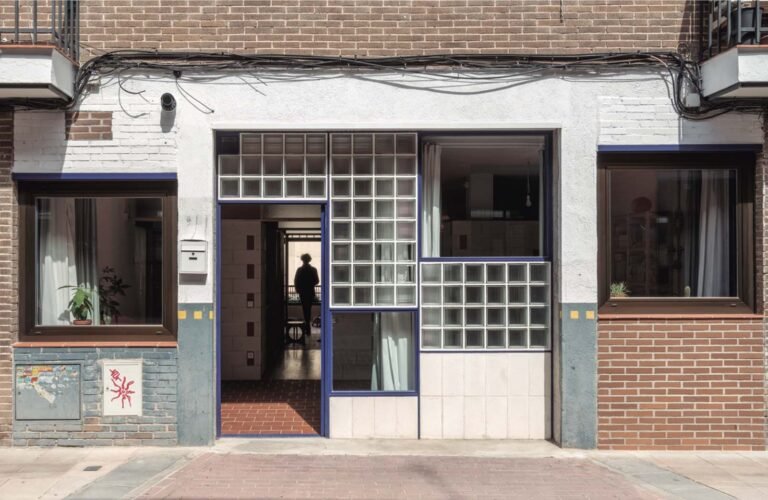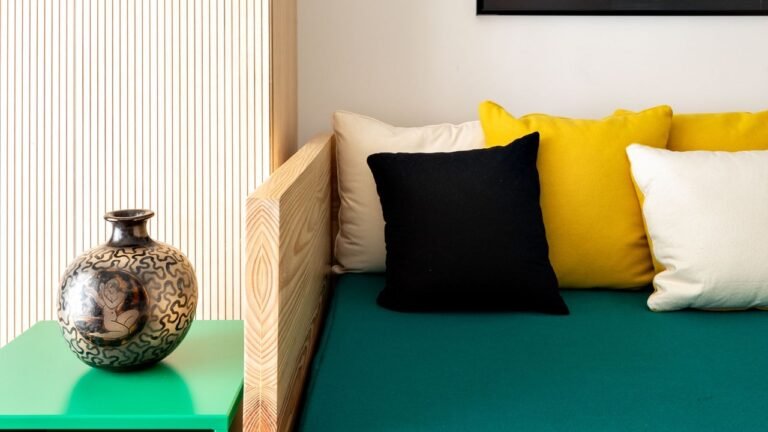How Can Greenhouse Design Change Architecture?
How Can Greenhouse Design Change Architecture?

Few structures are as elegant and ingenious as greenhouses. Largely built with simple and straightforward designs, these minimalist shelters create airy and light-filled spaces that shape indoor climate. Dedicated to the cultivation of plants and crops, they are diverse projects combining programs and systems to emphasize sustainability, education and conservation. At their heart, greenhouses are about experience and discovery.

As Eduardo Souza notes on the history of greenhouse design, the production of large-scale greenhouses only became possible after the Industrial Revolution with the availability of mass-produced glass sheets. Since then, they have been used to grow food and flowers, forming a microclimate suitable for plant species even in places with severe climates. From ornamental horticulture to raising ecosystem awareness, contemporary greenhouses are made around living collections. But they can also inform new approaches to architecture through light, structure and sustainability. In turn, they can become learning environments to promote education on the connections between climate and architecture.

The Santa Monica Greenhouse is the third greenhouse designed in collaboration with the Cactus Store in Los Angeles. Located adjacent to the Bergamont Station train stop, it is situated within a large industrial complex being converted to a retail and office district. The project is connected to the client’s office building, located in a former warehouse, and houses their private specimen and large-scale cactus and succulent collection.

This project has three stages. The first one was the reconstruction of their old house. The team did some cost calculations and proposed to build a new house with half volume and without any compromises. The greenhouse was placed on the roof for several reasons: not to spoil the view from the house, saving money on the foundation construction, the use of residual heat from the house, and access to the greenhouse.

The new pavilion at the botanical garden at Grueningen relates strongly to its context. The design was inspired by the surrounding forest, not the built environment. Both the formal vocabulary and the structural concept derive from nature. The pavilion is conceived to harmonize with and expand the forest. The form was developed using Voronoi tessellation, also known as natural neighbor interpolation.

In times of pandemic, Ana, a botany-enthusiast specialized in orchids, turns her hobby into a venture: Greenhouse Orchid, and entrusts the design team with creating a greenhouse that also acts as an exhibition space. The proposal is a transparent, transportable, modifiable prototype that generates the necessary climate for the survival of the orchids. Two greenhouses are manufactured, one for exhibition and the other for flowering.

GLOBAL FLORA reimagines how the design of a sustainable greenhouse can enhance global interdisciplinary science education and deepen a public understanding of nature. The Global Flora botanical facility expands the 1920 vision of Dr. Margaret Ferguson who argued for plant biology as a central part of science education and encouraged students to “listen to” plants and learn through hands-on interdisciplinary experiences.

Walls and fences are typically used to keep people and areas separate, but at the Desert Botanical Garden an unusual series of structures actually brought people together. The team combined wood, concrete, steel, stone and block to create a variety of richly textured and highly functional separators that both physically divided and visually connected open spaces. The Garden also needed a means to separate the “front of house” from “back of house” operations at the Horticultural Center.

Desert City is a celebration of xerophytic plants and the production of a whole culture of interests and events around them. The project proposes an educational, sustainable and ecological complex in which to overlap activities that range from the exhibiting, growing and breeding of cactus from all over the world in a large garden and greenhouse, to housing an array of leisure activities such as presentations, small conventions, workshops or exhibitions.

Located across Britain and abroad, Maggie’s Centres are conceived to provide a welcoming ‘home away from home’ – a place of refuge where people affected by cancer can find emotional and practical support. Inspired by the blueprint for a new type of care set out by Maggie Keswick Jencks, they place great value upon the power of architecture to lift the spirits and help in the process of therapy. The design of the Manchester centre aims to establish a domestic atmosphere in a garden setting.

Dongmaoku, a former warehouse campus in Shenyang, is the PRC’s first generation of logistic facilities constructed since the Korea War period. With over 30 individual warehouses, Dongmaoku has significant value for the study of the logistics building typology in modern China. The design team implemented a greenhouse garden, and a new typology appeared. The result is that both warehouses have a spatial sequence with a garden at the beginning.







